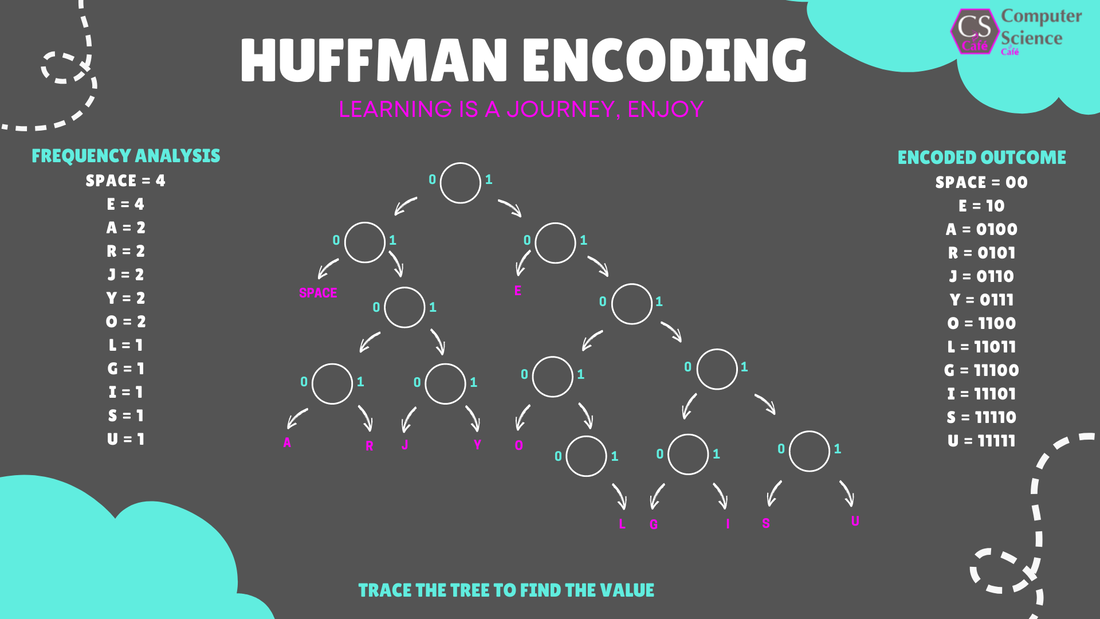1.3.4 | LOSSY AND LOSSLESS COMPRESSION |
|
Topics from the Cambridge IGCSE (9-1) Computer Science 0984 syllabus 2023 - 2025.
|
OBJECTIVES
1.3.4 Understand how files are compressed using lossy and lossless compression methods |
ALSO IN THIS TOPIC
1.1.1 NUMBER SYSTEMS 1.1.2 NUMBER SYSTEMS 1.1.3 NUMBER SYSTEMS 1.1.4 NUMBER SYSTEMS 1.1.5 NUMBER SYSTEMS 1.1.6 NUMBER SYSTEMS 1.2.1 TEXT, SOUND AND IMAGES 1.2.2 TEXT, SOUND AND IMAGES 1.2.3 TEXT, SOUND AND IMAGES 1.3.1 STORAGE AND COMPRESSION 1.3.2 STORAGE AND COMPRESSION 1.3.3 STORAGE AND COMPRESSION YOU ARE HERE | 1.3.4 STORAGE AND COMPRESSION TOPIC 1 KEY TERMINOLOGY TOPIC 1 ANSWERS TOPIC 1 TEACHER RESOURCES (CIE) |






